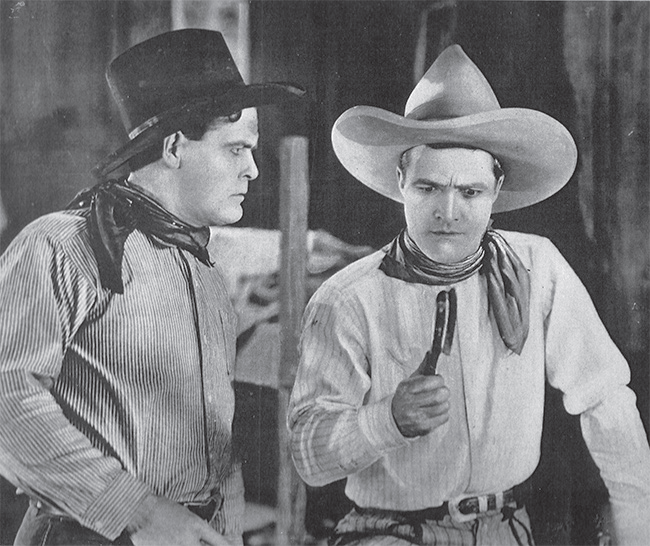Keeping cowboy traditions alive: local families drive cattle south
- Harmony Heaton Cox

- Nov 15, 2023
- 3 min read
Years ago, stock trails were much like our highways are today; common routes used to get from point A to point B. Many of the highways we know today were actually livestock trails before they became “motor trails”.
Trailing cattle south is a historic ranching practice which very few still do today. It’s important to keep our way of life going and the heritage of ranching in the county. As we travel south, it’s a cooperative effort with the good neighbors that we trail through. We invite guests to come and experience our way of life and it’s important to have those revenue generating dollars, as well as the spending local. That’s what happens with Kane County Ag producers. When we fold in an educational and meaningful experience for visitors, then when they leave here, they take that with them, to keep in their hearts and to share with others back home. They become lifetime advocates for our Western heritage ways. Photos and caption by Dustin Cox.
In Southern Utah, it was standard practice for ranchers to herd livestock from the high mountain summer grazing ranges near what is known today as Zion National Park and Bryce Canyon, to the warmer deserts of the Ariz. Strip, near the Grand Canyon. My Great Great Grandfather Jonathan Heaton would herd his livestock from Pipe Springs - Moccasin, Ariz., through the Coral Pink Sand Dunes, on down through the Barricks, Four Mile and eventually end up back at his Wild Rose Ranch.
It has been reported that carvings on ledges of the Four Mile canyon are dated back to as early as 1906 from livestock herds going through. My Dad has been told that Great Great Grandpa Jonathan wrote his name with axle grease, but he hasn’t seen it. Although my hubby thinks he saw it years ago.
For us, cattle ranching hasn’t changed all that much. To this day, our family still drives our cattle from Alton, Utah, to winter pastures on the Ariz. Strip, a trip spanning 10 days, and over 100 miles. We are proud of our heritage, and cherish the memories and friendships we have made. But holding on to this priceless tradition hasn’t been easy.
Early in the days of the local livestock drives, most people had farms, ranches and livestock. It was customary for the cattle drives to come through local towns, near homes and businesses. Ranchers often combined herds together to make the drive. They helped each other along the way.
My Dad remembers pooling cattle together with Garn Swap and Earl Sorensen for the drive one year. There was understanding and acceptance by the population majority. Cattle drives were the norm, expected and embraced.
However, through the years, the livestock drives became increasingly more difficult for ranchers. Motorists and people, easily became impatient with the slow-moving livestock. Indian Reservation officials began demanding payment for livestock to cross their land, even though by law, it is a right for livestock producers to be able to utilize the “Designated Cattle Trail Right of Way” as they had for many years.
When I was young, we took the cattle up down a section of Highway 89, through Glendale, Orderville and Mount Caramel, Utah. Sometimes the elementary school kids would get out of class and come wave to us as we pushed the cattle through town. I was sitting pretty high in the saddle pushing those 800 head past my peers.
Another vivid memory, was a tour bus filled with Asian travelers, whom upon seeing us, quickly parking, and then swarming out of the bus to photograph, which must, to them, have surly been an incredible sight.
But not everyone was happy about the cattle moving through town. I remember as a little girl riding my horse at the back of the herd and being surprised by the angry looks from some citizens when our cattle got too close to their lawns or flower beds. They stood sentinel, brows furrowed and often yelled, cussed and threw things, causing havoc for the cowhand riding on the opposite side of the herd, trying to be diligent in keeping the cattle on the road, and off private property.
Eventually, wanting to be good neighbors, and keep peace, my family decided that they would take a somewhat more difficult, but amazingly beautiful, route through Four Mile Canyon. We would no longer go up the highway or through any towns or the Indian Reservation. Instead we begin near Alton, pushing the cattle through Four Mile Canyon, across highway 89, down the Cane Beds road past the Coral Pink Sand Dunes and from there head cross country to our destination on the Ariz. Strip near the rim of the Grand Canyon.












